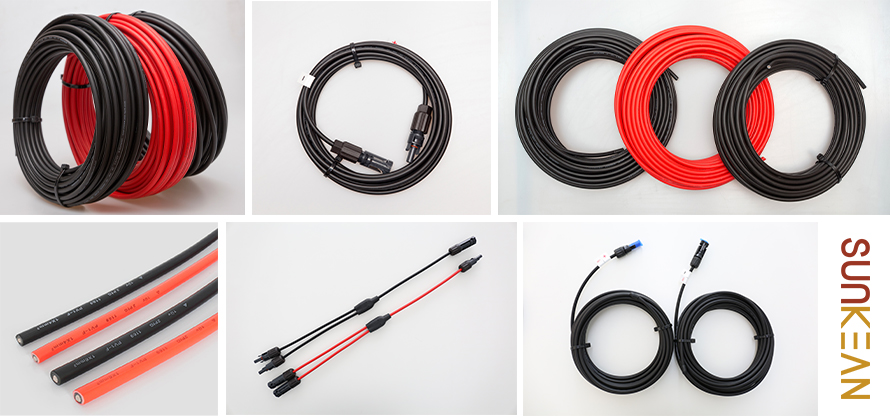What you need to know about PV cables and how to check the quality of it
Transportation of electrical energy cables and wires are considered as veins and arteries of any electrical power system. In most cases, electricity is generated at one place and is consumed at another. This transportation of electrical energy is facilitated by employing a proper network of cables, wires and buses. Solar energy systems are no different. Electrical energy may be generated by a solar panel, mounted on the roof, and may be required to power loads in the basement. This transportation of electricity is made possible by using solar cables and wires.
It is extremely important to use the correct solar cable size when connecting various components of a solar energy system. Properly sizing the cables ensures that there is practically no overheating and very little loss of energy. Using an undersized cable not only poses a potential for causing fire due to overheating, but is also a code violation in most jurisdictions. In a typical solar power system, wiring is needed to connect these four components together:
The solar panel (used to generate electricity)
The inverter (used to convert DC electricity to AC, as most of our home appliances need AC input)
And for Off-Grid systems:
The charge controller (used to prevent the batteries from over charging)
The batteries (used to store electrical energy for later use)
The size of the wire to be used depends upon:The generating capacity of the Solar Panel (larger the current generated, bigger the size).The distance of the Solar Panel to the loads (greater the distance, bigger the size).
Solar cables must meet the following requirements to qualify for use in PV applications:
*Good weather, ozone, and UV-resistance: The solar cables are typically used outdoors and are subject to direct sun radiation and air humidity.
*Suitable for a large temperature range (-40°C to 90°C).
*Withstand mechanical stress such as compression, tension, bending and shear loads.
*Abrasion-resistant, therefore most sheaths are made of plastics cross-linked using an electron.
*Acid and base proof.
*High dielectric strength (depending on the type of application).
*Flame-retardant and halogen-free (Halogen-free cables have an improved behavior in the case of fire).Short-circuit proof even at high temperatures.
*Have small outside diameter (space-saving).
In the case of agricultural enterprises, an additional resistance to ammonia, digester gases, oxalic acid, caustic soda and other chemical media.
SUNKEAN has a variety of cable products. All products have passed TUV,CE,UL,RoHS and strictly tested according to the product standards before shipment.Suitable for the connection between various electronic components of photovoltaic power plants.

评论
发表评论